Germanium Sulfide Sputtering Target Description
A Germanium sulfide sputtering target is a ceramic sputtering target composed of the elements germanium and sulfur, typically used in various thin film deposition processes.
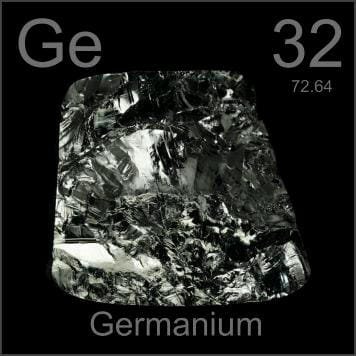 Germanium is a chemical element with the symbol “Ge” and atomic number 32. It was first identified in 1886 by the chemist Clemens Winkler, who named it after his homeland, Germany (Latin: Germania). Germanium is situated in Period 4 and Group 14 of the periodic table, falling under the p-block elements. It has a relative atomic mass of 72.64(1) Dalton, where the number in brackets represents the uncertainty in the measurement. This element is notable for its semiconductor properties and is used in electronics and optics.
Germanium is a chemical element with the symbol “Ge” and atomic number 32. It was first identified in 1886 by the chemist Clemens Winkler, who named it after his homeland, Germany (Latin: Germania). Germanium is situated in Period 4 and Group 14 of the periodic table, falling under the p-block elements. It has a relative atomic mass of 72.64(1) Dalton, where the number in brackets represents the uncertainty in the measurement. This element is notable for its semiconductor properties and is used in electronics and optics.
Related Product: Germanium Sputtering Target
 Sulfur, also known as sulphur, is a chemical element with the symbol “S” and atomic number 16. The name originates from the Sanskrit word ‘sulvere’ or the Latin ‘sulfurium,’ both referring to sulfur. This element has been known and used since ancient times, with evidence of its use dating back to before 2000 BC, particularly by Chinese and Indian civilizations. Sulfur is located in Period 3 and Group 16 of the periodic table, within the p-block. Its relative atomic mass is 32.065(5) Dalton, with the number in brackets indicating the uncertainty of the measurement. Sulfur is a key element in various industrial processes, including the production of sulfuric acid, and is also essential for life.
Sulfur, also known as sulphur, is a chemical element with the symbol “S” and atomic number 16. The name originates from the Sanskrit word ‘sulvere’ or the Latin ‘sulfurium,’ both referring to sulfur. This element has been known and used since ancient times, with evidence of its use dating back to before 2000 BC, particularly by Chinese and Indian civilizations. Sulfur is located in Period 3 and Group 16 of the periodic table, within the p-block. Its relative atomic mass is 32.065(5) Dalton, with the number in brackets indicating the uncertainty of the measurement. Sulfur is a key element in various industrial processes, including the production of sulfuric acid, and is also essential for life.
Germanium Sulfide Sputtering Target Application
The germanium sulfide sputtering target is utilized in a range of applications, including thin film deposition, decorative coatings, and semiconductor manufacturing. It is commonly used in the production of displays, LEDs, and photovoltaic devices. Additionally, germanium sulfide is valuable for functional coatings and is employed in the optical information storage industry, as well as for glass coatings in automotive and architectural applications. Its properties make it suitable for use in optical communication technologies and other advanced materials sectors.
Germanium Sulfide Sputtering Target Packing
Our germanium sulfide sputtering targets are meticulously tagged and labeled externally to facilitate efficient identification and ensure stringent quality control. We take great care in handling and packaging these targets to prevent any potential damage during storage or transportation, ensuring that they arrive in pristine condition.
Get Contact
TFM offers Germanium Sulfide Sputtering Targets in various forms, purities, sizes, and prices. We specialize in high-purity thin film deposition materials with optimal density and minimal grain sizes, which are ideal for semiconductor, CVD, and PVD applications in display and optics. Contact Us for current pricing on sputtering targets and other deposition materials that are not listed.

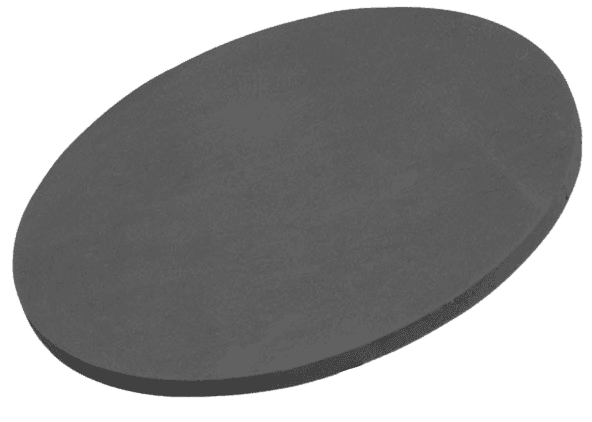
 MSDS File
MSDS File
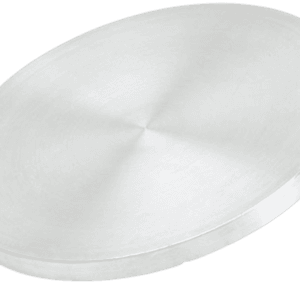
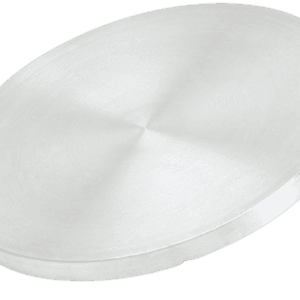
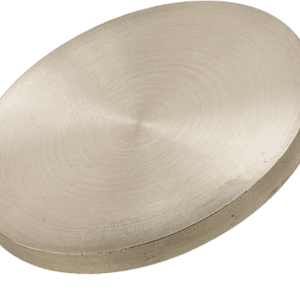
Reviews
There are no reviews yet.